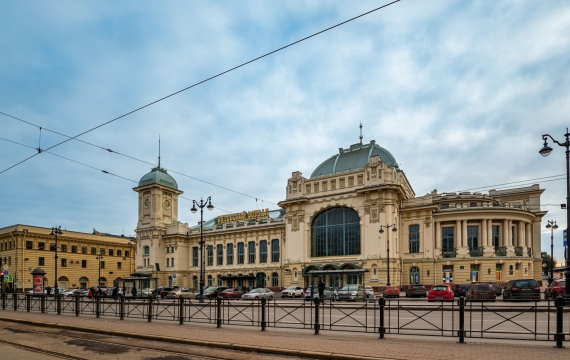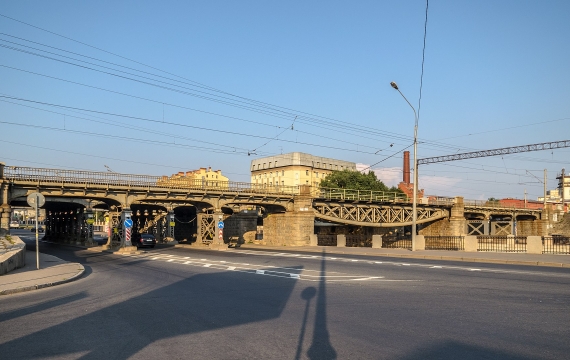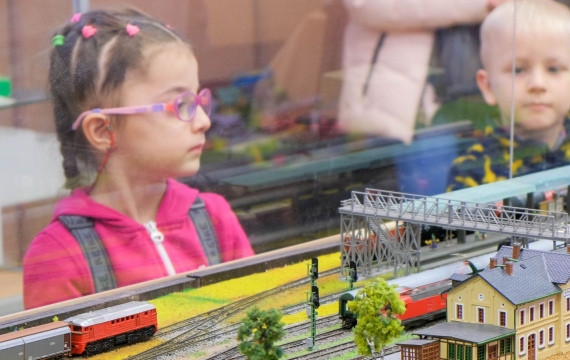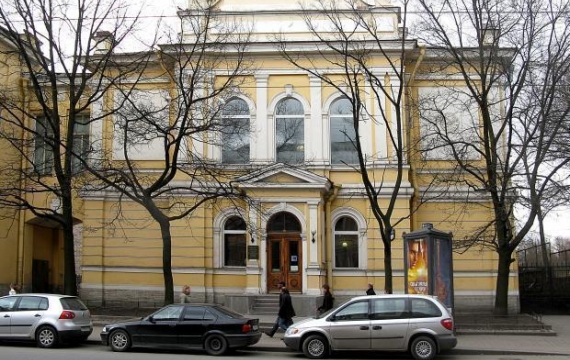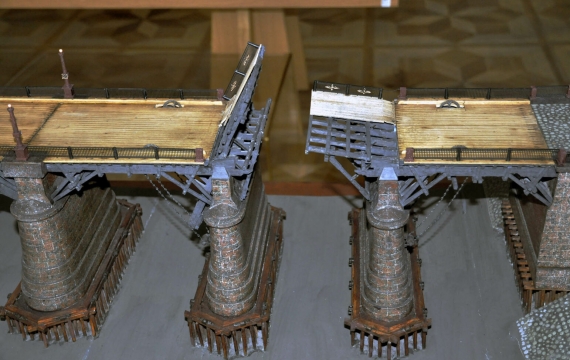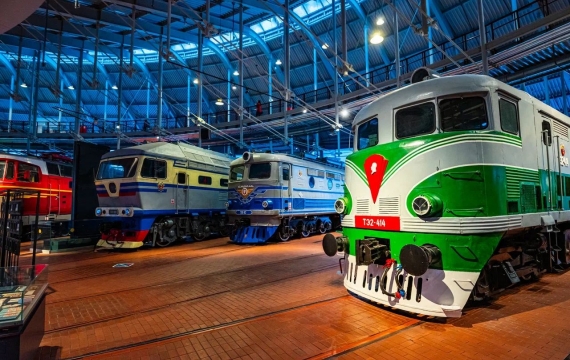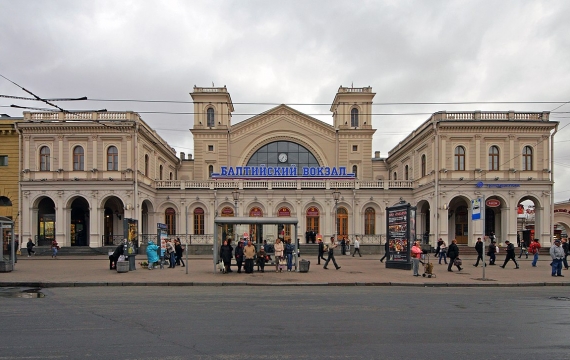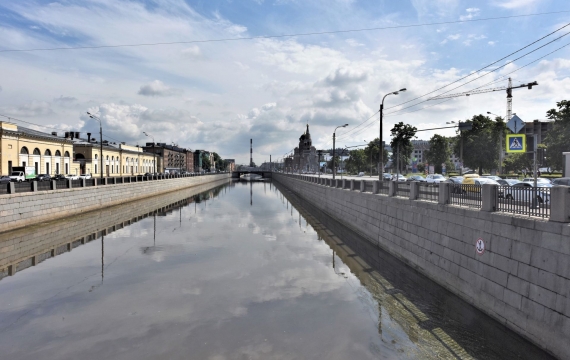Petersburg railway
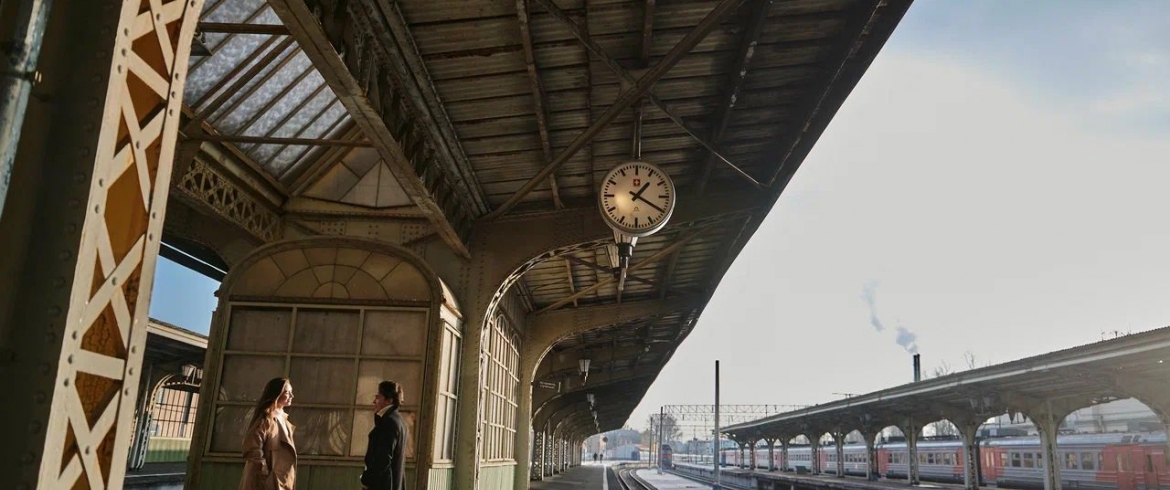
Start
Moscow station
Travel time
1h 45min. (taking into account travel on public transport and excluding visits to museums)
Length
11,5 rm
Finish
Shopping mall «Warsaw Express»
theme routes
What is this route?
Without exaggeration, St. Petersburg can be called the railway capital of Russia - after all, it was here that the country's first railway opened, the first railway bridge was built and the first institute of railway engineers was established.
On this route you will get acquainted with three beautiful St. Petersburg stations and one bridge, visit several unique museums and find out why the Warsaw Station building was never demolished, although it was assembled twice. The route is long enough, takes all day.
What can you expect?
The route begins at the main station of the Northern capital - Moscow. Built according to the project of Konstantin Ton, the Nikolaev (Moscow) station became the “twin brother” of the Petersburg (Leningrad) station in Moscow. The opening movement on the Moscow Railway took place on November 1 (13), 1851.
You will quickly reach the next station by metro from Ploshchad Vosstaniya station along the first underground railway line in our city. The station is richly decorated, there is something to see. But you will get even more aesthetic impression from the inspection of the building and the interiors of the first station in St. Petersburg - Tsarskoye Selo (now Vitebsky).
The railway from St. Petersburg to Tsarskoye Selo was opened in 1837. In the early years, the station served as a small wooden structure. In 1849–1852, a stone station building was built according to the design of Konstantin Ton. The station, as we know it, was built in 1904 according to the project of Stanislav Brzhozovsky and became the first public building in St. Petersburg in the Art Nouveau style.
A ten minute walk to the south is another first railway construction in the Russian Empire - the Tsarskoye Selo railway bridge. It was thrown over the Obvodny Canal in 1847, while the bridge was wooden. The bridge acquired its modern architectural appearance in the industrial modern style in 1904.
On the embankment of the non-existent Vvedensky Canal (it was bombarded in the late 1960s, but the name remains), go to Fontanka. On the other side you will see the palace of the Yusupov princes - a magnificent creation of Giacomo Quarenghi. Here the St. Petersburg University of Railways (PGUPS)is located, established in 1810 on the initiative of an outstanding scientist, engineer Augustine Betancourt.
There is a Betancourt museum at the university, which can be reached by appointment, but if you don’t get there, it’s okay: you have to visit the Central Museum of Railway Transport of Russia - one of the oldest scientific and technical museums in the world. It is nearby, on Sadovaya Street. On the way, we recommend taking a walk along the picturesque ponds and relaxing on the bench of the Yusupov Garden.
The next route point is the branch of the railway museum, the Museum of bridges in Muchny Lane. In its exposition unique models of the most interesting bridges of St. Petersburg, including those that no longer exist are presented. Entrance to the museum is by appointment.
Several metro stops from Sennaya to Baltiyskaya - and in front of you is the Russian Railways Museum, one of the largest in the world. At two sites - in the old steam train depot and in the modern museum and exhibition building - you will see a collection of genuine rare and legendary steam locomotives, wagons and other railway equipment. With the help of a unique simulator, you can even try yourself as a locomotive driver.
Take a walk along the promenade of the Obvodny Canal, focusing on a beautiful neo-Russian church - the Church of the Resurrection of Christ at the Warsaw Station.
The former train station building is the final destination of your journey. Once, trains departed from here to European cities, in the 20th century they planned to demolish the station twice, but did not dare, and since 2006 the Warsaw Express shopping and entertainment complex with shops, restaurants, a bowling alley and a cinema has been located here.



